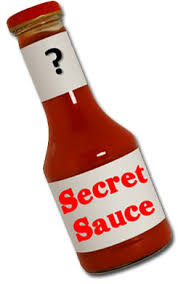24 Questions Plus 2.
There’s a business planning tool I’ve relied on for 20 years called the 24 Questions. It came from an AT&T/McCann-Erickson task force I was appointed to. We used the questions to help determine what it would cost to properly fund a number of new and emerging business lines, one of which was AT&T’s business internet offering. I’ve morphed some of the questions over the years to better help me understand a business’s fundies and to grow with the times.
Always on the lookout for new questions, today I think I’ve come up with one or two. I may also use them in my other battery of questions — the one used with executive management and sales people to help with the brand brief.
“If given the task of reorganizing the company into a smaller more profitable entity, what would you do?”
If this questions doesn’t land well, you are either interviewing the wrong person, or that person is too politically correct. If that’s the case, try:
“If given the task of improving company performance through the purchase of another company, who would you buy and why?”
I haven’t used these questions yet but I promise to do so. And when I do, I’ll report in.
Peace.

